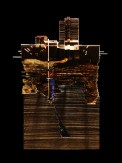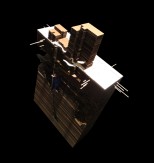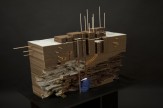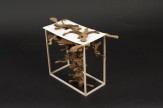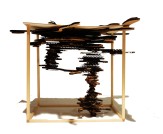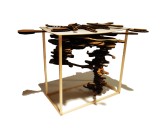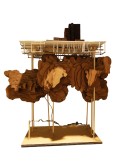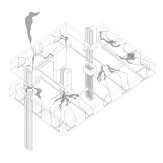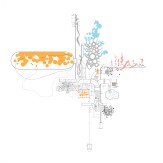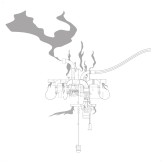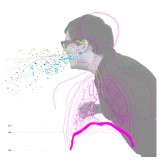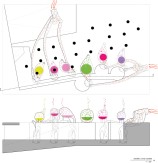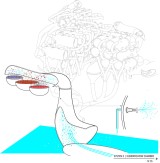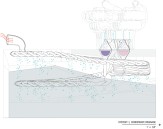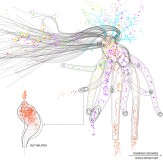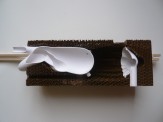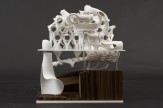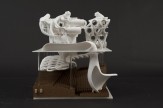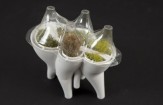Master of Architecture II Thesis 2010

End of the Year Exhibition 2010
Professor: Diana Agrest
The Thesis projects focus on issues related to the particular areas of concentration as established in the MArch. II Program: Urban Studies; History, Theory and Criticism of Architecture; Technologies. The Theses are developed in studio through research and readings in conjunction with the Pro Seminar and through drawings developing critical readings of the individually selected Thesis subjects. The second half of the spring semester is dedicated to this end and to formulating the direction for the development and completion of the Thesis project during the summer term and which will be presented at the beginning of the new Academic year. Some of the Thesis projects propose to continue on the questions brought up by their previous projects.
< Back to Selected Graduate Design Studio Projects
VIEW INDIVIDUAL PROJECTS BELOW
Projects
-

[UNDER]Groundscraper
-

Flue Seasoning
-
(IN)VISIBLE BOUNDARIES
Back
[UNDER]Groundscraper
[UNDER]Groundscraper: The Natural Revisiting New York City
Fan-Chien Tseng
Architecture developed through time in a conflictive opposition between subject and object, between nature and culture, adapting and transforming while incorporating nature into its discourse.
At this point this opposition has weakened since the boundaries between the natural and the artificial have become blurred. Nature has been tamed by society and replaced by culture in an interplay between natural forces and those of control.
This thesis explores how natural and artificial conditions interact in the configuration of the urban fabric, and examines the potential of an alternative mode of reification of the relationship between nature / culture in architectural discourse.
Flue Seasoning
Flue Seasoning: Air Conditions Architecture / Architecture Conditions Air
Dustin Tobias
The investigation for this thesis began with the dual assertion that air conditions architecture and architecture conditions air. From Vitruvius to Le Corbusier, air quality has maintained its place within architectural discourse through the recognition of its direct impact on human health, affecting the architectural discourse and its manifestations. Despite exhaustive efforts to architecturally enhance the quality and flow of air we consume, the prevailing aspirations are for an air that is homogenous and neutral. Air that directly engages the senses is often identified as a symptom of a malfunctioning system: the clogged flue that congregates the residues of fouled air, the noisy ceiling duct, the grease-fumed kitchen. Can we develop a means of engaging the atmosphere of buildings that embraces the heterogeneous sensorial potentials of air, while upholding its responsibility to be healthful?
This thesis acknowledges air as it relates to the body, and explores its place as an agent for architectural and urban configuration.
(IN)VISIBLE BOUNDARIES
(IN)VISIBLE BOUNDARIES
Daniel Meridor
In 1975, a civil riot was diffused in Detroit. The newly elected mayor thwarted the escalation of violence that began as a racially motivated disturbance by walking over and over again along the site's main avenue. His perpetual movement along this invisible racial boundary erased it for a few nights, reducing the tension and violence through the act of walking.
Riots physically challenge the boundaries within a city. Carnivals challenge boundaries between people. Both are distinct temporary instances that change the extents within the city. My thesis explores and questions whether there is any architecture or spatial configuration (whether temporal or not) that can carry within it the same potentials.









